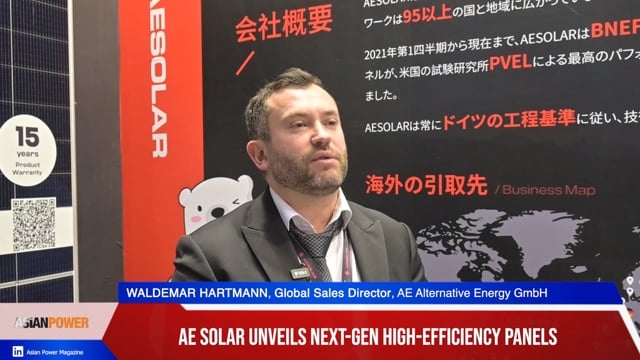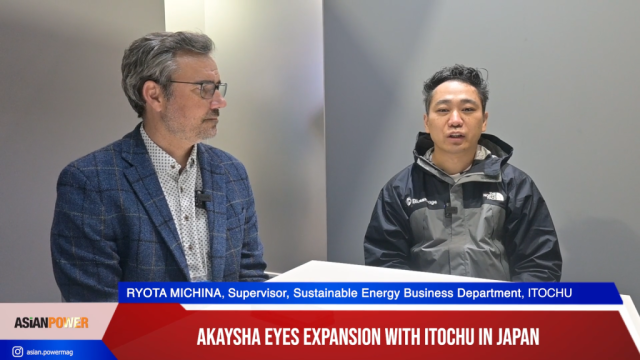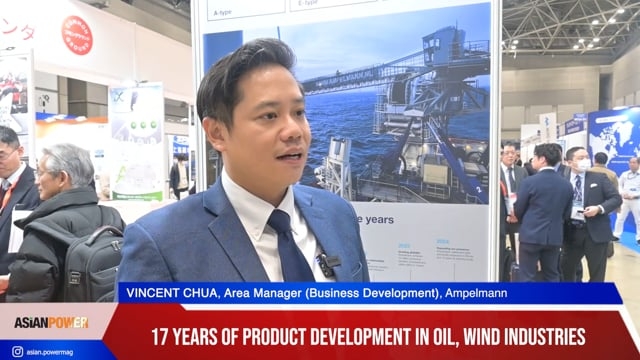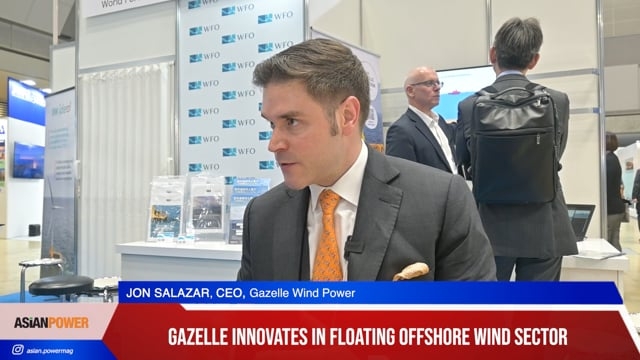
Why Indonesia’s 10,000 MW steam power plants target by 2014 a failure
The first phase of the project aimed at producing 4,135 MW in 2010 but only 930 MW were in fact produced.
Asian Power spoke with MedcoEnergi chief financial officer Syamsurizal Munaf and below is what he has to say about the “ambitious” program and the hurdles that come with it.
As you were probably aware, for the last 3 years the goverment has molded the so-called 10000 megawatts per year development and to our extend the program have been successful.
Nevertheless, there are a series of hurdles in the implementation ranging from the prospects all the way to sponsors’ ability to access capital market to help developing this capital market which is very aggressive.
I would say, very ambitious program, though the reality is we do need to accelerate the power generation to serve 225 million people across the country. I think this is the biggest, the largest if ever in the Southeast Asia.
I would say, as an IPP developer, we experience similar difficulties especially when dealing with the government, determining the price, determining the current needs all the way to gaining access to capital market.
When talking about funding a project, if you are looking at the first 100-200 megawatts, you will probably be looking for information or financing to help funding the project for domestic financing.
Domestic financing is not as huge as the international market. You are faced with the scarcity of liquidity to build the plant. But notwithstanding the fact that we are not the only IPP around. There are many competing for the same case there, for the 10000 MW target.
One of the blunders there, is that in different areas there is a very clear policy on how they determine the price of electricity that they can purchase from the IPP. In Eastern part of Indonesia they would probably quantify more while in the Western part of Indonesia they would probably less quantify.
In any rate, the hardest part would be coming up with the priority structure that can be accessible to us. I think one of the major challenges is that the process of negotiating with the government is in a way very sluggish. There are so many elements that cannot be processed and even very very lengthy. Sometimes, you win the bid but to get to the bid, just for the sake of determining the price, it takes ages and sometimes it doesn’t have sufficient ammunition to carry the deal. That kind of situation happens so often and comes with a price, so only those with strong capital and capability to cope and deal on to the pipeline is most likely to succeed. Others, they cannot hold on to a project too long and wait for the negotiation to conclude.
I don’t know much about how the neighboring country redeems in their effort to promote their power generation business. What I know is in Thailand, I learned that they are more lucrative in a sense that they have a long term contract of PPA. So in 25 years, their power generation system can secure gas enough for 25 years. Wherein in Indonesia, you can barely see anything, anywhere close to that parameter.
In Indonesia, you could get a GSA gas sales agreement contract of not more than 6-7 years and it’s not even a committed-based contract. You see how difficult this is in Indonesia trying to get a healthy IPP contract because of that element. The gas supplier and its gases and the PPA itself will not go beyond 8-9 years. Because in our case, because we are focusing on gas, the parameter lays has competing the ability of gas and the ability of the taker which in our case, set to enterprise to purchase our electricity and they cannot simply be too generous to purchase the parts because they are under pressure of the people of the parliament. They cannot purchase the electricity to expand it because they will get criticized deeply.
We want to be on track but that hurdle some of the things that I’ve shared with you is becoming the aspect to ensure the government promotion to put this 10000 megawatt program to work because of the so many obstacles in the process.
I’m not sure if the 10000 will ever be achieved. I think the Indonesian government before they launched, before they launched this 10000 megawatt program they should have probably looked into various aspects to make sure that the 10000 of the promoting is something
feasible.
There are other elements they need to look at not merely just the ambition, but they need to
look at the capability, their resources, the power fee, the distribution capability but they are not yet attained since they launched this 10000 megawatt program.
I think that the 10000 megawatt is something they have probably put a lot of study in order to achieve the ideal situation of having 25 million people getting electricity. The electricity reached only 60% of the population and we are still talking about 40 % of Indonesians that have no access to electricity.























 Advertise
Advertise








